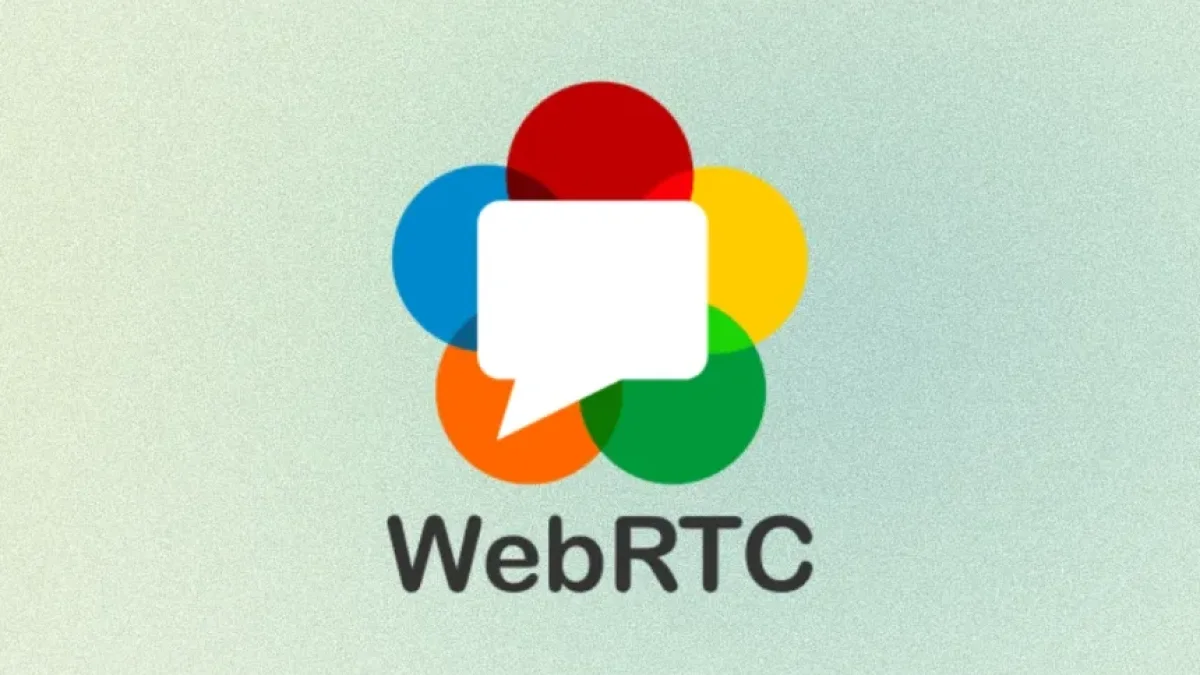What is WebRTC and what is it used for? Use cases


WebRTC (Web Real-Time Communication) is a technology that enables real-time communication through web browsers and mobile applications without the need for plugins. This powerful tool is designed to allow the exchange of audio, video, and data between users in a simple and efficient manner. In this article, we will explore in depth what WebRTC is, its applications, and real-world use cases.
What is WebRTC?
WebRTC is a set of standards that enables real-time communication between devices connected to the Internet. This technology was developed by Google and is used by several modern browsers, such as Google Chrome, Mozilla Firefox, and Microsoft Edge, ensuring broad compatibility.
Features of WebRTC
- Real-time communication: Facilitates the transmission of audio and video with low latency.
- No plugins required: Functions directly in the browser, eliminating the need for additional software.
- Interoperability: Can be used across different platforms, from web browsers to mobile applications.
- Security: Utilizes encryption protocols, ensuring privacy in communications.
What is WebRTC used for?
WebRTC has a wide range of applications in various fields. Below are some of its main functionalities:
1. Video Conferencing
Video conferencing applications, such as Google Meet and Zoom, have found in WebRTC an effective solution to provide a smooth, high-quality experience. Thanks to this technology, users can connect with each other without installation issues.
Read also
2. Voice Calls
VoIP (Voice over Internet Protocol) applications use WebRTC to facilitate voice calls over the Internet. This reduces costs and improves call quality compared to traditional methods.
3. File Sharing
WebRTC allows for the direct transfer of files between users without the need for an intermediary server. This is ideal for situations where quick and secure exchanges of documents or images are required.
4. Online Gaming
Real-time multiplayer games benefit from WebRTC by enabling quick communication between players. This is crucial in games that require real-time synchronization, enhancing the user experience.
Read also
Examples of WebRTC usage
Here are specific examples of applications and services that use WebRTC to enhance their functionality:
1. Messaging Applications
Platforms like Discord and Slack implement WebRTC to offer voice and video functionalities in their messaging services. This allows users to communicate in real-time, increasing the effectiveness of team collaboration.
2. Online Education
Educational tools like Zoom or Microsoft Teams harness WebRTC to enable virtual classes and interactive learning sessions. Educators and students can share their screens, exchange documents, and communicate effectively.
3. Telemedicine
Telemedicine has gained popularity in recent years, and WebRTC has been fundamental to this. Healthcare platforms use WebRTC to enable medical consultations between patients and health professionals, offering a convenient and secure solution.
4. Customer Support Applications
Companies like Zendesk and Intercom have integrated WebRTC into their customer support solutions, allowing voice and video communication between agents and customers. This improves customer service by facilitating more personal and direct interactions.
Advantages of using WebRTC
1. Cost Savings
By eliminating the need for additional hardware and software, WebRTC reduces operational costs for businesses and users.
2. Cross-Platform Compatibility
WebRTC is compatible with various platforms and devices, allowing users to connect regardless of their operating system.
3. Enhanced User Experience
Low latency and superior audio and video quality ensure smoother and more satisfying interactions.
Challenges of WebRTC
Despite its many advantages, WebRTC also faces some challenges:
- Compatibility Issues: Although widely compatible, there may be differences among implementations in different browsers.
- Security and Privacy: Although WebRTC uses encryption protocols, there is always a potential risk of exposure of personal data.
- Bandwidth Requirements: The quality of communication may depend on the quality of the user’s Internet connection.
Conclusion
WebRTC is a revolutionary technology that has transformed the way we communicate online. With its ability to facilitate video conferencing, voice calls, and real-time data transfer, its continued adoption is enabling greater connectivity and efficiency across various sectors.
While it faces challenges, the advantages of WebRTC far outweigh the drawbacks. Its implementation in messaging applications, online education, and telemedicine highlights its potential to revolutionize the way we interact in the digital world.
For those interested in leveraging the benefits of WebRTC, it is essential to consider its impact on the future of online communications and how it can be integrated into their own applications and services.



















